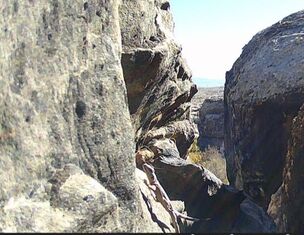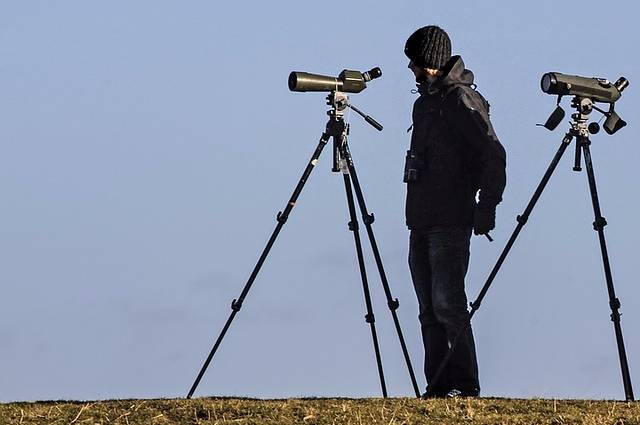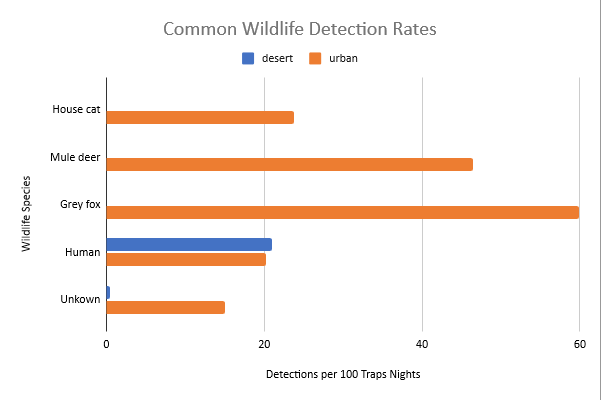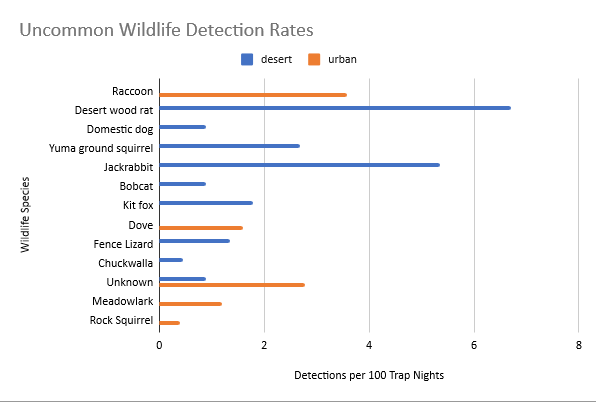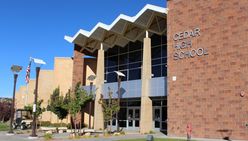WELCOME TO WREN
The Wildlife Research Education Network (WREN), is part of USU Extension Wildlife programming, linking high school students with research projects in their local community. The program teaches the scientific method while providing an avenue for students to explore and connect with the natural resources that surround them. Through their experience, students gain leadership skills, communication skills. an introduction to scientific technology, and a greater understanding of natural resources management.
The Wildlife Research Education Network (WREN), is part of USU Extension Wildlife programming, linking high school students with research projects in their local community. The program teaches the scientific method while providing an avenue for students to explore and connect with the natural resources that surround them. Through their experience, students gain leadership skills, communication skills. an introduction to scientific technology, and a greater understanding of natural resources management.
In this program, students work with me (Dr. Nicki Frey) to create a research study for: science fair projects, Sterling Scholar Programs, or FFA service projects. High school educators can create a research project that spans several years, engaging successive classes in the data collection. Together, we work with a Natural Resource Agency to collect much needed research on habitat and wildlife management.In this program, students work with me to create a research study for: science fair projects, Sterling Scholar Programs, or FFA service projects. High school educators can create a research project that spans several years, engaging successive classes in the data collection. Together, we work with a Natural Resource Agency to collect much needed research on habitat and wildlife management.
Current WREN Programs
In 2020, we've gotten creative with our WREN program and implemented a research project that students could do from their school or even from home. In collaboration with Red Cliffs Desert Reserve and State Institute and Trust Lands, we began a research project to document the wildlife of the Reserve, characteristic of the northern extent of the Mojave Desert.
For their research project, students will consider the effects of human development on the Mojave Desert by comparing the wildlife and habitat in the Reserve to the wildlife and habitat of Washington City, Utah. Because students cannot go out to the study site at this time, the project leaders have set up a 9-station trail camera survey in the desert and a matching one at St. George Academy, Washington City, Utah. We collect the data off of the trail cameras every two weeks and place it on a cloud drive so that the students can access these files.
Students will consider the habitat differences of the two study locations. Then, they will review the trail camera files and record the number of each wildlife species that they detect. Once all data is entered into their spreadsheet, we will teach them how to analyze their data using descriptive statistics. Using their data analysis, they will make conclusions about the changes humans can make on the environment. They will suggest changes they can make in the city, or while recreating in the desert, to promote the health of native desert species.
For more information about our WREN program, contact Dr. Frey at nicki.frey@usu.edu
For their research project, students will consider the effects of human development on the Mojave Desert by comparing the wildlife and habitat in the Reserve to the wildlife and habitat of Washington City, Utah. Because students cannot go out to the study site at this time, the project leaders have set up a 9-station trail camera survey in the desert and a matching one at St. George Academy, Washington City, Utah. We collect the data off of the trail cameras every two weeks and place it on a cloud drive so that the students can access these files.
Students will consider the habitat differences of the two study locations. Then, they will review the trail camera files and record the number of each wildlife species that they detect. Once all data is entered into their spreadsheet, we will teach them how to analyze their data using descriptive statistics. Using their data analysis, they will make conclusions about the changes humans can make on the environment. They will suggest changes they can make in the city, or while recreating in the desert, to promote the health of native desert species.
For more information about our WREN program, contact Dr. Frey at nicki.frey@usu.edu
LAUNCH High School Cedar City
In Fall 2020, two teams participated in the WREN study. Using a month of camera detections for their research, they found some interesting things, such as an urban grey fox, and a couple chuckwallas in the desert. They learned to create charts that could illustrate the differences in the wildlife between the two study areas.
The last phase of the project was to present their research to the class and faculty at LAUNCH.
|
|
|

